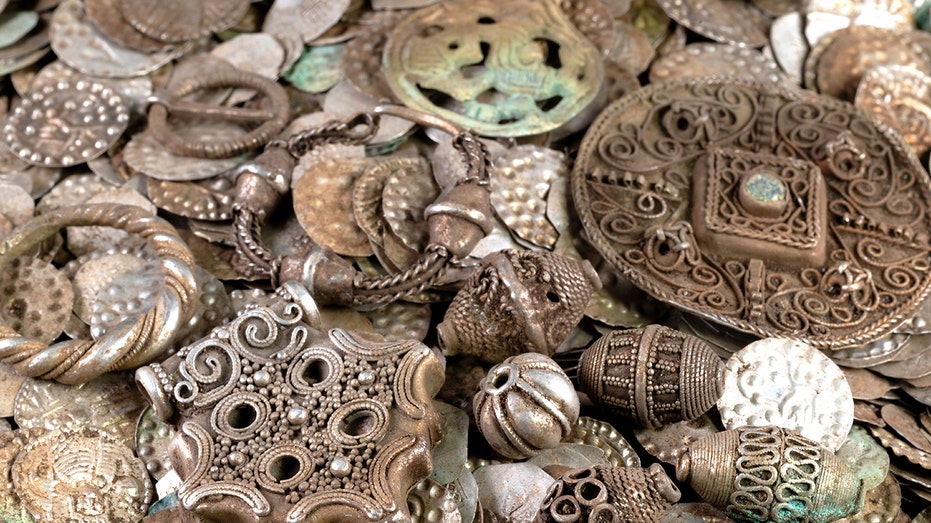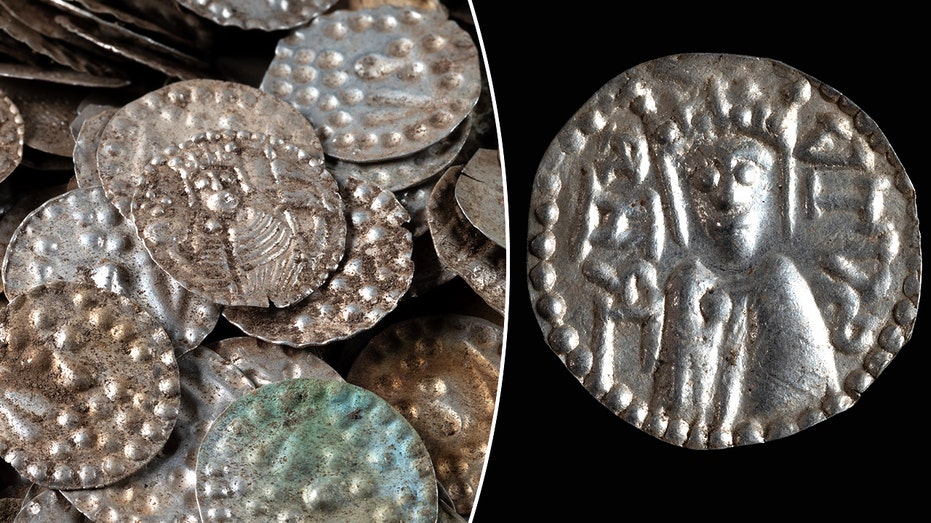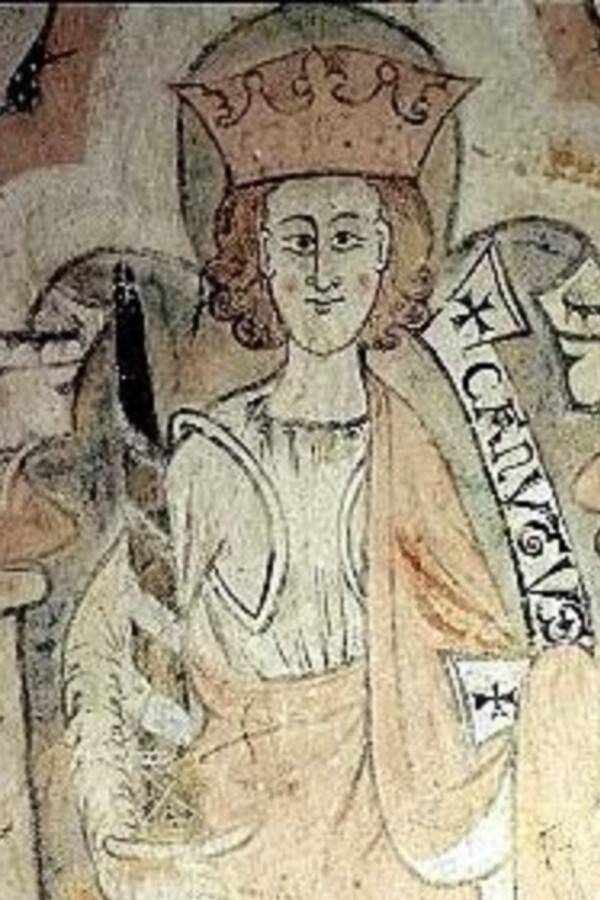
Posted on 10/29/2025 8:53:17 PM PDT by Red Badger
It won’t catch any fish, but the discovery of as many as 20,000 silver coins and pieces of jewelry dates back to the early Middle Ages.
Here’s what you’ll learn when you read this story:
A fisherman digging for worms at his summer home in Sweden instead discovered over 13 pounds of buried silver treasure.
The hoard comes from the early Middle Ages, and includes mostly coins (and some jewelry). The entire cache of silver was tucked inside a copper pot.
A Swedish fisherman searching for gooey, juicy worms to use as bait near his summer home near Stockholm instead struck something far more solid (and much less interesting to fish): a copper cauldron brimming with coins and jewelry. In total, the find comprised 13 pounds of early Middle Ages silver.
“This is probably one of the largest silver treasures from the early Middle Ages that has been found in Sweden,” Sofia Andersson, antiquarian at the Stockholm County Administrative Board, said in a translated statement. “We do not yet know exactly how many coins there are, but I believe it could be upward of 20,000.”
The thousands of silver coins come mainly from the 12th century C.E., and some were embossed with the text “KANUTUS,” which is the name “Knut” in Latin. These coins were minted during Knut Eriksson’s reign as Sweden’s king near the end of the 12th century, from around 1173 to 1195. This period of the region’s history was marked by conflict, and as a result—as Lin Annerbäck, director of Stockholm’s Medieval Museum, told the Swedish-languageDagens Nyheter—the buried treasure may have been an attempt by a wealthy family to hide their valuables during a time of uncertainty.

While the copper cauldron holding the treasure was “unfortunately not as well preserved” as the objects inside, Andersson said, those objects were in impressive condition. In addition to the coins, the discovery included silver rings, silver pendants, and pearls.
Sifting through the many coins, the experts found some unusual pieces, including so-called bishop coins that would have been minted in Europe during the Middle Ages for specific bishops. Andersson said that the new treasure features several such coins, where a bishop is depicted holding a shepherd’s crook in his right hand.
Many of the coins feature uneven cut edges and raised designs on their faces—one particularly eye-catching example features a building, which is likely a church—and some are adorned with decorative dotted borders.

The Stockholm County Administrative Board continues to work with archaeologists to both analyze the treasure and investigate the location of the discovery to see if more buried treasures await them. They are currently keeping the exact site of the find a secret from the public to protect any potential remaining artifacts.
Under Swedish law, anyone that discovers ancient silver (or gold, bronze, or another copper alloy, for that matter) must report it to the state. The state can then offer a payment to redeem the treasure. The board said that once investigations wrap, it will pass along information about the discovery to the National Heritage Board, and the board can then decide if it plans to pay compensation to the fisherman who found the hoard in order to redeem the silver.
Our best guess? He walks away with far more than worms.
Swedish Hoard....................not Greta.............
My best guess? He walks away with worms.
I collect ancient coins and have come across my share of medieval ones. They made them wafer thin, you feel like they should roll up under a little bit of stress but they hold up. I was not familiar with the bishop types, pretty interesting.
 King Knut Eriksson, the 12th-century ruler referenced on many of the coins from the hoard.
King Knut Eriksson, the 12th-century ruler referenced on many of the coins from the hoard.
I’m sure they will offer him a fair price.
He was going to catch some Swedish Fish.
Maybe he had a Diet of Worms.................
Sounds like a wager. I could beat those coins into fish-catching spoons.
😂
Let's check it out: Since I collect ancient coins, I happen to have a subscription to a service that lists auction results and a search of auctions for 12th century bishop coins yields this:

This is only a fraction of the results, and is only for that type. But you can see though that most of them, it turns out, are a fraction of a gram, typically between 0.5 and 1.0g. I can tell you that if you scan many more, it holds up that this is typical weight. So let's say average of 0.75g just to simplify.
A gram = 0.002204623 lbs. The author says it's estimated there are as many as 20,000 coins. So that's 20,000 coins x 0.75 g/coin * 0.002204623 lb/g.
This yields 33.1 pounds.
I'd say that your instincts are sound, they are indeed vastly overestimating the number of coins.
I coulda beat those coins into fish-eating forks, so let’s split the haul!
Somebody tell the Oak Island guys the treasure has been found.
He will probably be fined for digging up worms.
Metric pounds maybe?
Government maffs?
Or crappy AI writing / translating
seek. shovel. shut up.
he will get far too little for his hoard.
Disclaimer: Opinions posted on Free Republic are those of the individual posters and do not necessarily represent the opinion of Free Republic or its management. All materials posted herein are protected by copyright law and the exemption for fair use of copyrighted works.